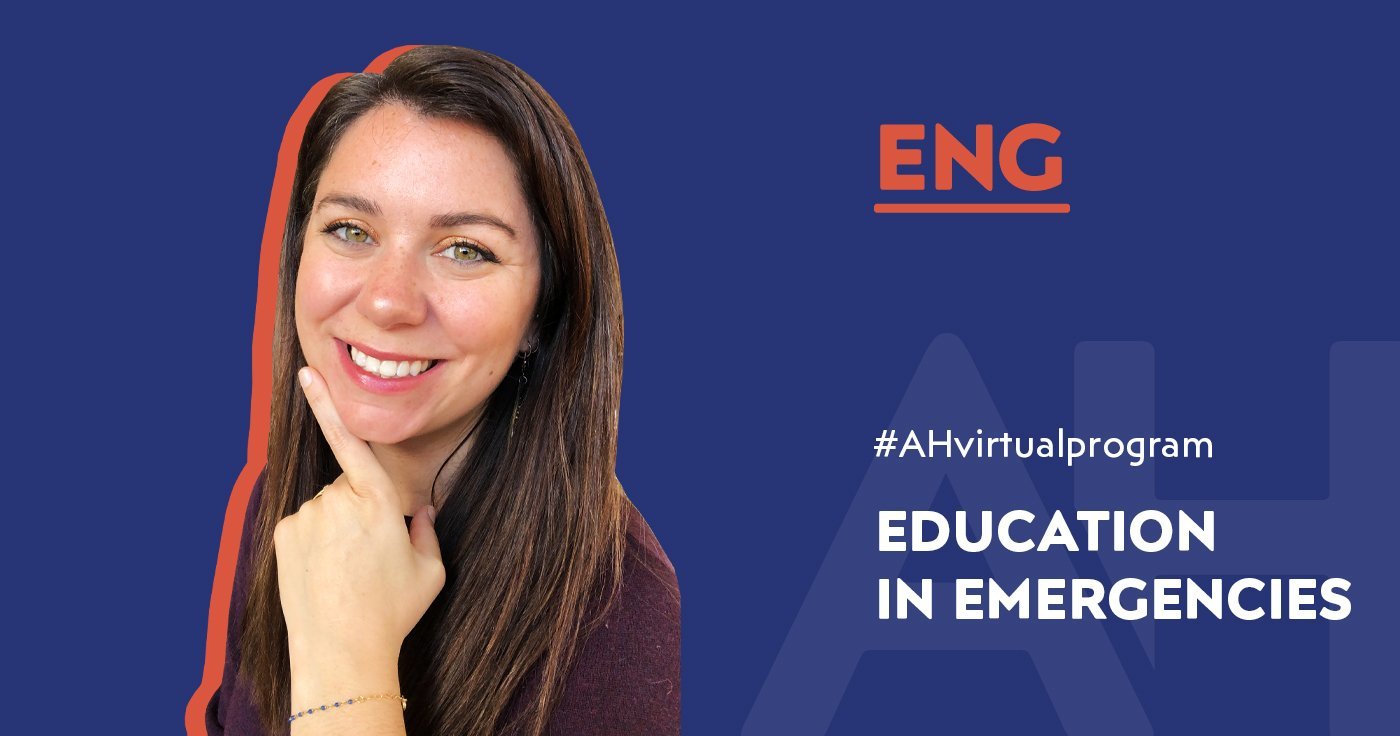Education is a fundamental human right for all people. Education is especially critical for the tens of millions of children and youth affected by conflict and disasters, and yet it is often significantly disrupted in emergency situations, denying learners the transformative effects of quality education.
What is education in emergencies?
Education in emergencies comprises learning opportunities for all ages. It encompasses early childhood development, primary, secondary, non-formal, technical, vocational, higher, and adult education. In emergency situations through to recovery, quality education provides physical, psychosocial, and cognitive protection that can sustain and save lives.
Education in emergencies ensures dignity and sustains life by offering safe spaces for learning, where children and youth who need other assistance can be identified and supported. Quality education saves lives by providing physical protection from the dangers and exploitation of a crisis environment. When a learner is in a safe learning environment, he or she is less likely to be sexually or economically exploited or exposed to other risks, such as forced or early marriage, recruitment into armed forces and armed groups or organised crime. In addition, education can convey life-saving information to strengthen critical survival skills and coping mechanisms.
Examples include information on how to avoid landmines, how to protect oneself from sexual abuse, how to avoid HIV infection and how to access health care and food.
Education opportunities also mitigate the psychosocial impact of conflict and disasters by providing a sense of routine, stability, structure, and hope for the future. By strengthening problem-solving and coping skills, education enables learners to make informed decisions about how to survive and care for themselves and others in dangerous environments. It can help people think critically about political messages or conflicting sources of information.
Schools and other learning spaces can act as an entry point for the provision of essential support beyond the education sector such as protection, nutrition, water and sanitation, and health services. Coordination between workers in the education, protection, shelter, water and sanitation, health and psychosocial sectors is important in establishing learner-friendly, safe spaces.
In the summer of 2022, America House Kyiv launched a special course to support the community of educators and provide them with new skills, essentially important in the context of current events happening in Ukraine. The America House Kyiv Education in Emergencies 8-week course focused on teacher training where over 30 Ukrainian Educators completed the program from June to August 2022. The program focused on building Social, Emotional, and Ethical framework with materials provided by Emory University and the Center for Contemplative Science and Compassion Based Ethics.
Here are some tips for both teachers and students from our English Language Resident, Meagan, who led the sessions of our Education in Emergencies course.
Tips for educators on how to work with students in crisis situations.
Be flexible! Students may be in different areas now. Different cities, countries, time zones. The most important thing is to prioritize their safety. That may look like giving an extension on an assignment or allowing them to complete it in a different way that will work more with their schedule. Moving around can be an exhausting task. They may be spending more time checking in with family and friends to make sure they are safe as well which takes time and effort.
If students are working remotely, they may not have access to laptops, steady Wi-Fi, or even electricity at all times. Creating WhatsApp and Telegram groups are great ways to stay in touch with your students. As a teacher, we have to make sure that all content posted is appropriate and class-related. If they want to post about other things, they can create a separate chat group.
For asynchronous classrooms, you can record your lessons on Zoom or allow access to slides in a Google Drive folder for no cost. This will allow students to work on their assignments at a time when it is more convenient for them.
What to pay attention to:
Students who are normally outgoing and active in the classroom might be more withdrawn. We can be a support for them. Make sure if students are having difficulty completing tasks, you ask them if they would like to have a 1 on 1 chat with you if they need someone to talk to.
Displaced aggression in the classroom is also something to keep a look out for. If students become angry easily for small things, the issue might be bigger or go deeper. Coping skills are good ways to find time to take a break.
Tips for students on how to manage themselves and keep their focus on studies.
Calendaring. When we are working or studying from home, it can be easy to become distracted or get lost with prioritizing tasks. If you are unsure what to prioritize, talk to your teacher or your classmates to get a better idea of what to try to tackle first.
Set a timer to work on tasks from 20 minutes to 1 hour. Give yourself a treat and switch to reading a book, getting updated on the news, eating a snack, or doing some exercise.
Doing a 10-20 minute meditation can be another great way to settle your mind and allow you to focus on the tasks at hand. Here’s one example of a guided meditation you can try.




